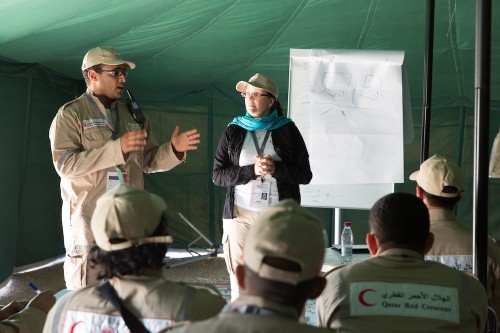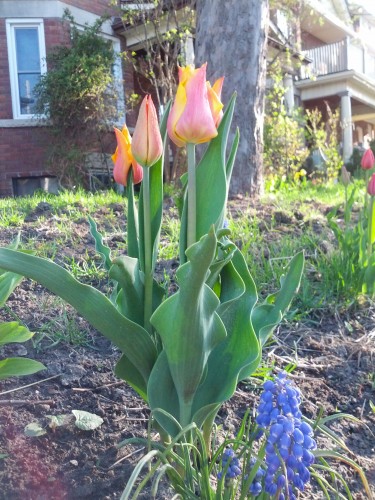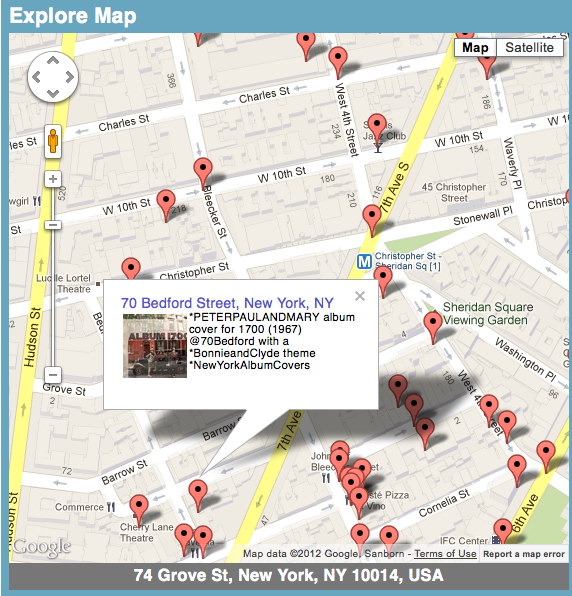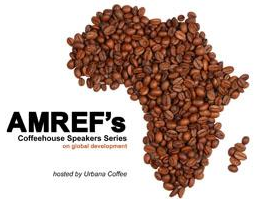On behalf of Qatar Computing Research Institute, I have the honour to be a guest trainer at the 6th Annual Qatar Red Crescent Disaster Management Camp. This 10-day event (March 31 – April 9, 2015) includes training, scenarios and humanitarian keynotes. Participants are from all over the MENA region including students, staff of the QRCS, partner Red Crescent members, UNHCR, IFRC, ICRC, civil defense (various) and special guests.
Over 6 days, I will train small groups on social media, new technology, digital humanitarians and how QCRI is working to make a difference. These slides contain my talking points and extensive notes. As the camp is in Arabic, Ali Moustafa El-Sebai El Gamal of QRCS provided translation. Together we are providing an interactive session. Yesterday due to the sandstorm, there was a power outage. This is a perfect example of always be prepared. I delivered the training without slides. Truly it is always fun to train folks, but it is especially powerful to collaborate with humanitarians. This is my first full Disaster Management Camp. I’ve participated in many digital simulations but this is a great way to learn and share.
Learning by doing
The second reason that I am at Disaster Management Camp is to analyze how participants and staff use software and social media. At QCRI, we are very interested in taking the lessons we learn internationally and supporting Qatar. The Qatar Red Crescent team has been very welcoming. Over the coming months, I will be sharing my embedded research outputs.
Meta Level action
I’m a digital storyteller. Every event, I curate photos, quick vignettes and try to capture the mission and spirit. Together with my colleagues we are using Storify:
Thanks again to Qatar Red Crescent Society for the kind support of Qatar Computing Research Institute.
(photo credit: Amara-photos.com)




